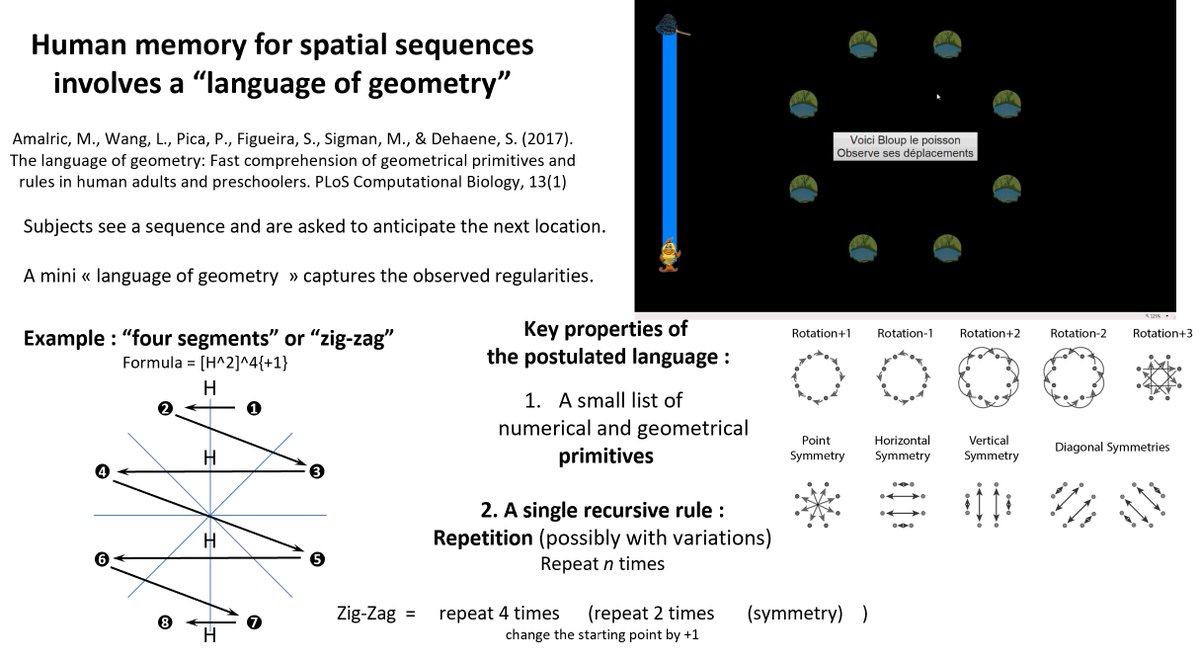Mon père, le docteur Philippe Dehaene, est mort vendredi dernier 9 décembre 2022, à 94 ans.
Je voudrais rendre ici hommage à ce très grand pédiatre, chercheur spécialiste du syndrome d'alcoolisation foetale (SAF).
(1/n)
Je voudrais rendre ici hommage à ce très grand pédiatre, chercheur spécialiste du syndrome d'alcoolisation foetale (SAF).
(1/n)

A la suite des travaux princeps du Dr Lemoine à Nantes, le Dr Philippe Dehaene documente, avec son collège Crépin, les ravages que cause l'exposition du foetus à l'alcool pendant la grossesse.
lemonde.fr/archives/artic…
(2/n)
lemonde.fr/archives/artic…
(2/n)

Il collabore ensuite avec Ann Streissguth, chercheuse aux Etats-Unis. Leurs travaux conjoints seront cités plusieurs milliers de fois
...et pour mes frères et moi, Ann et Dan Streissguth deviendront nos "parents américains" pour la vie!
(3/n)

...et pour mes frères et moi, Ann et Dan Streissguth deviendront nos "parents américains" pour la vie!
(3/n)


Il faut dire et redire que l'exposition du foetus à l'alcool, in utero, a des effets dramatiques et permanents sur le corps et surtout sur le cerveau en développement.
C'est la première cause de retard mental évitable en France.
(4/n)
ncbi.nlm.nih.gov/pmc/articles/P….
C'est la première cause de retard mental évitable en France.
(4/n)
ncbi.nlm.nih.gov/pmc/articles/P….

Le Dr Philippe Dehaene a agi sans relâche pour la prévention du SAF, évitant ainsi cette terrible affliction à des milliers de familles.
Saviez-vous que ce logo doit apparaître sur toute bouteille d'alcool... mais que le lobby des alcooliers l'a rendu minuscule et illisible?
5/n
Saviez-vous que ce logo doit apparaître sur toute bouteille d'alcool... mais que le lobby des alcooliers l'a rendu minuscule et illisible?
5/n

Papa était fier que la recherche sur le syndrome d'alcoolisation foetale et son impact sur le cerveau continue en France, notamment grâce aux travaux de David Germanaud, neuropédiatre et aujourd'hui médecin chercheur à @NeuroSpin_91 !
(6/n)

(6/n)


Le syndrome d'alcoolisation foetale affecte des enfants dans tous les milieux... Il est totalement évitable : pas d'alcool pendant la grossesse.
Merci de diffuser ce message autour de vous, et notamment cette vidéo très claire de David Germanaud
dailymotion.com/video/x2lo17o
(7/7)
Merci de diffuser ce message autour de vous, et notamment cette vidéo très claire de David Germanaud
dailymotion.com/video/x2lo17o
(7/7)
• • •
Missing some Tweet in this thread? You can try to
force a refresh






















